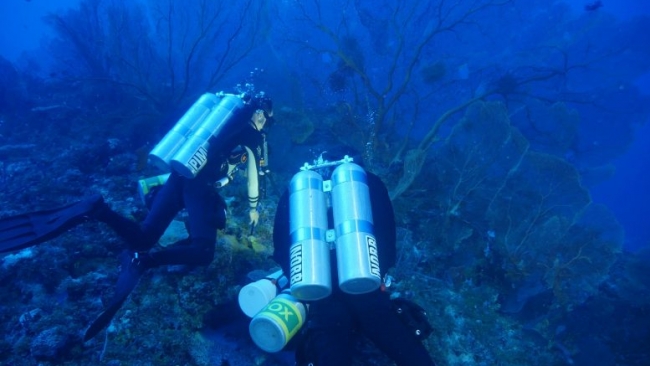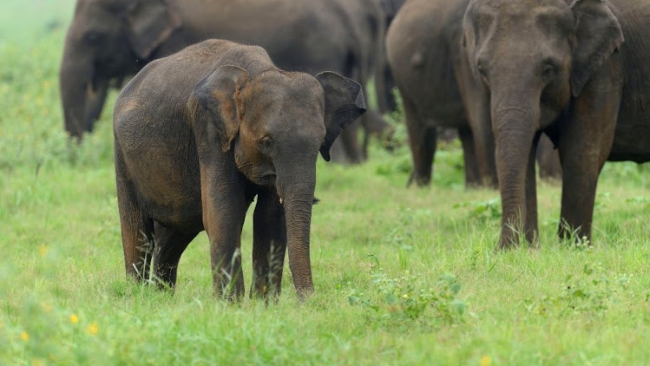Genetic Research Reveals Hidden Diversity of Coral More Important for Conservation Than Previously Thought

Researchers say that our framework for classifying coral species needs to be expanded to capture ecological diversity and protect reef environments.
In recent years, advancements in DNA sequencing have exposed a large amount of hidden diversity in reef-building corals: species that appear identical to one another but are genetically distinct. Typically ignored as they are invisible to the naked eye, a team of researchers at the California Academy of Sciences and The University of Queensland, along with over a dozen international collaborators, is taking a more holistic approach to understand these hidden species by investigating overlooked ecological differences that have wide-ranging implications for the vulnerability and resilience of reef-building corals. The team hopes that their findings, published today in Current Biology, will lead to a more nuanced consideration of coral diversity, that incorporates more aspects than appearance alone, to drive more strategic conservation planning.
“We know we are greatly underestimating the true number of coral species because of this hidden diversity,” says lead author and Academy Curator Pim Bongaerts. “In our study, we provide one of the first clear examples of how coral species that look identical can be very different in terms of their ecology and physiology, from when they reproduce to what depths they prefer. This means that our current framework for classifying reef-building corals based primarily on morphology is limiting our ability to understand and protect them.”
Read more at SciTechDailySource: SciTechDaily
Tue 13 Apr 2021 at 12:42



.jpg)
.jpg)
.jpg)